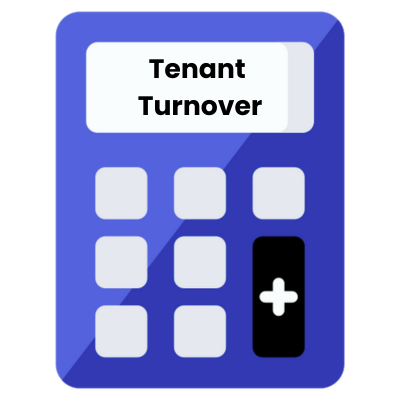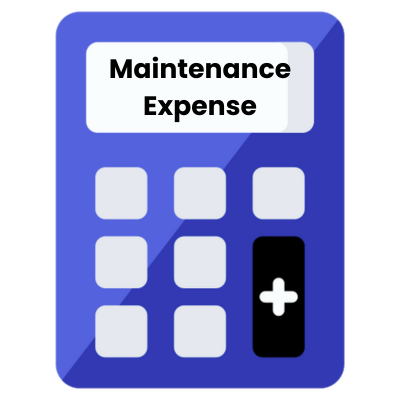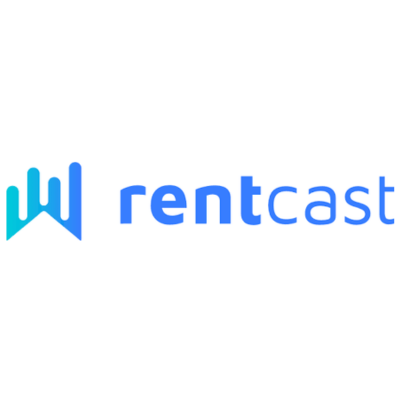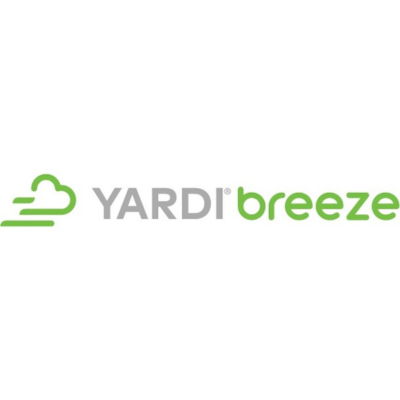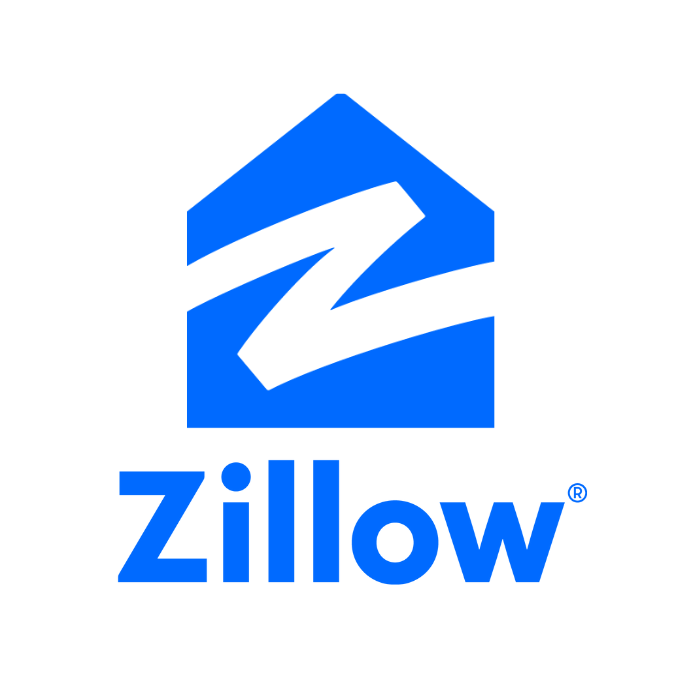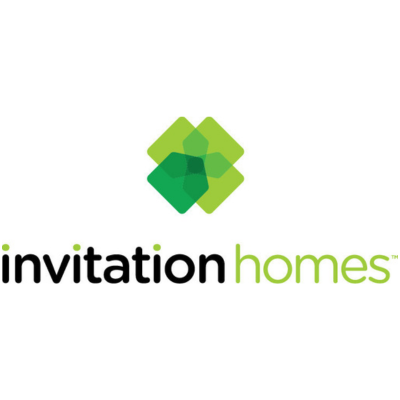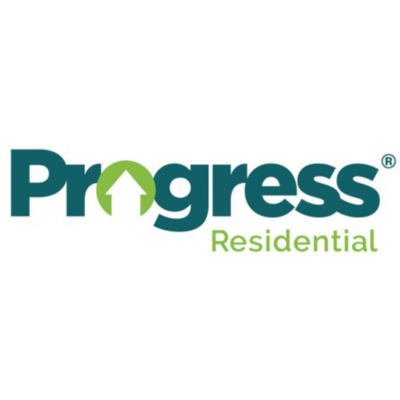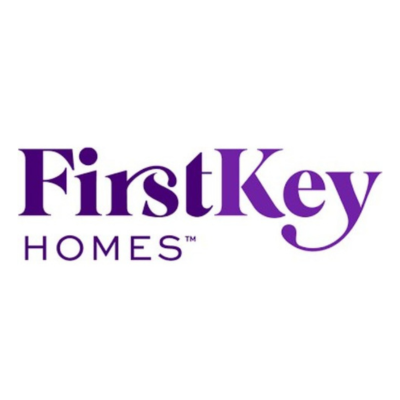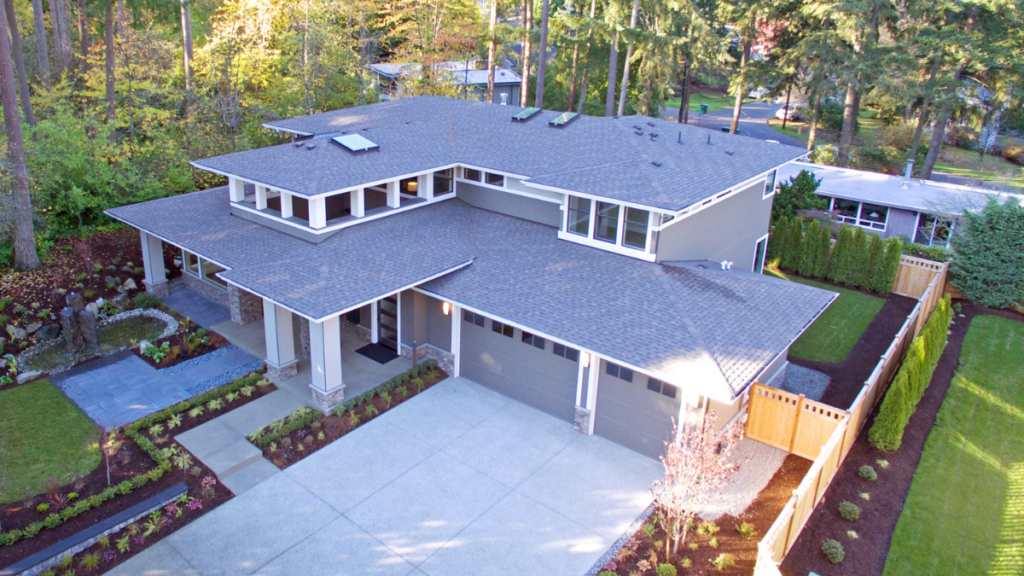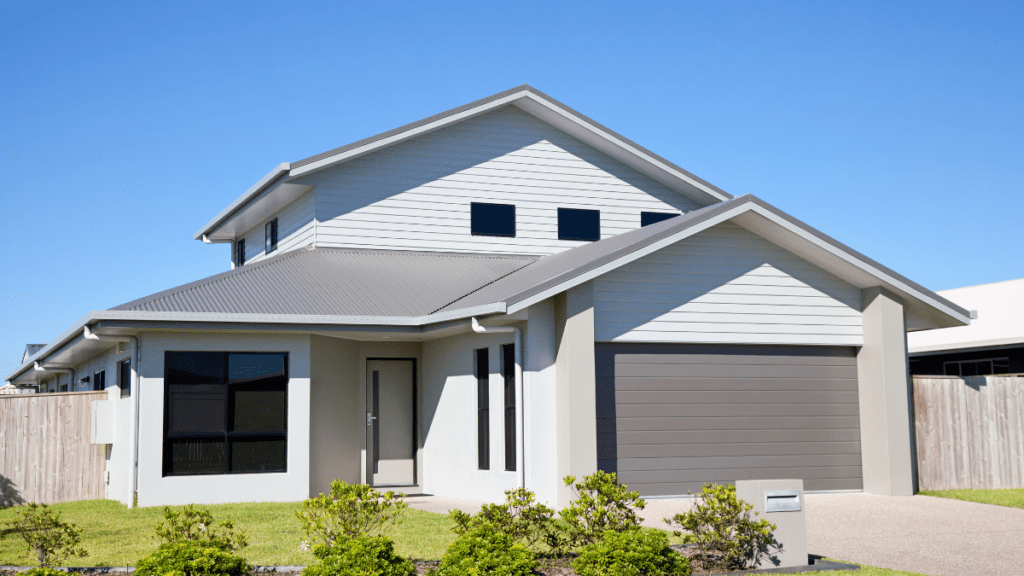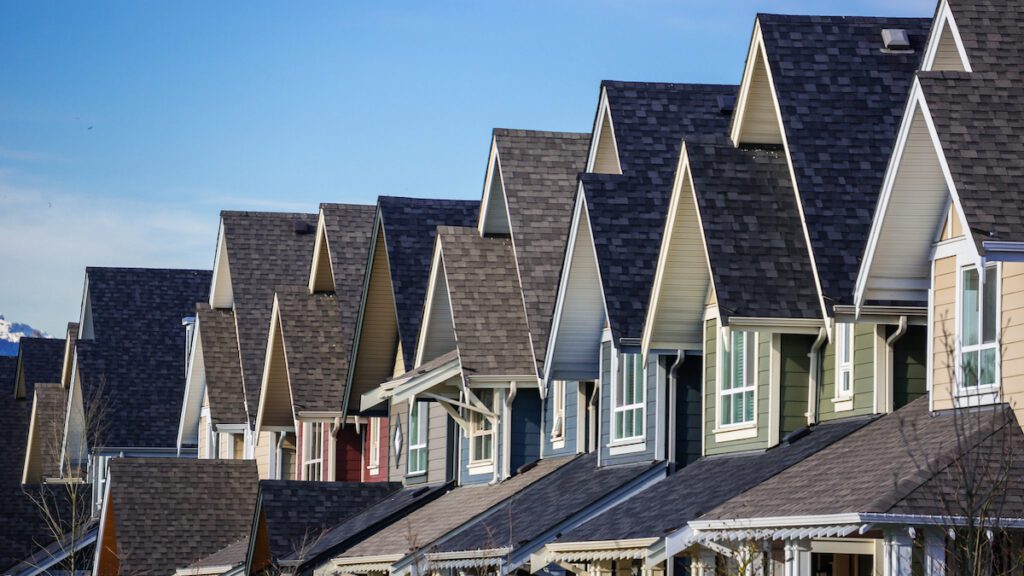Last Updated: April 2024
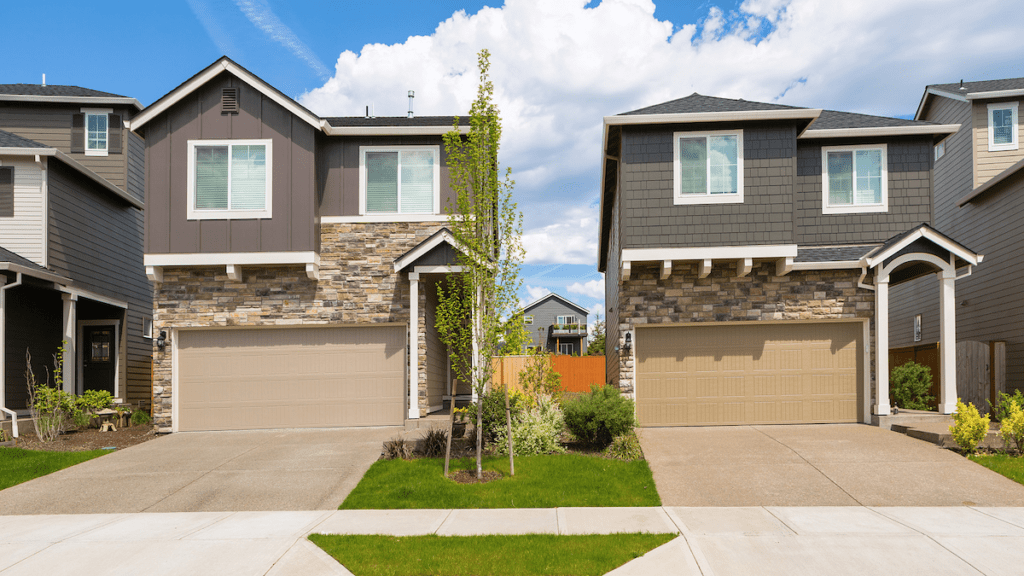
While the build-to-rent model originated in the 1980s, it has rapidly gained traction in the past few years, with thousands of new BTR homes being completed annually. The concept is a stark contrast to traditional home buying, where BTR properties are typically constructed as entire complexes or gated neighborhoods. As investors and developers continue to recognize the potential in this market, there’s no doubt that build-to-rent housing could significantly reshape the landscape of residential real estate.
What is Build-to-Rent?
Build-to-Rent Definition

Build-to-rent properties are specifically designed and constructed for renting purposes, providing quality homes to tenants while offering investors an opportunity to diversify their portfolios. These properties typically include single-family detached rental houses or attached townhomes, offering a pleasant living environment for renters
Build-to-Rent Explained
The rental market has seen a significant shift in recent years, with a growing number of people preferring to rent rather than buy homes. This trend can be attributed to various factors, such as rising housing prices, changing lifestyles, and increased flexibility offered by renting. In response to this demand, the concept of build-to-rent (BTR) has emerged, catering to those who desire single-family homes without the commitment of homeownership and typically plan to stay in a rental for several years. This innovative approach to housing offers advantages such as potentially lower costs, longer tenant occupancy, and higher rents than traditional apartments.
Market Trends of Build-to-Rent
History and Evolution
Build-to-rent rental properties are a significant trend in the 21st century. This concept gained momentum following the 2008 financial crisis, as investors and developers recognized the growing demand for rental housing amidst changing homeownership trends. Initially popular in the UK and the US, build-to-rent developments focused on creating purpose-built rental communities with enhanced amenities and professional management. The model’s success is attributed to shifting lifestyle preferences, particularly among millennials and Gen Z, who value flexibility, convenience, and community-focused living, fueling the global expansion of build-to-rent projects.
Impact of Economic Changes
In recent years, economic changes have had a significant impact on the build-to-rent market. As the average U.S. home price continues to climb to record highs when compared to previous 10 year periods, this continually makes it increasingly difficult for many people, especially millennials who are burdened with student loans and credit card debt, to afford a home purchase. As a result, the demand for rental properties is seeing unrelenting year-over-year growth. In response, real estate investors have noticed the potential in the BTR market. The total number of units being built for rent came to roughly 120,000 in 2022, with a predicted dip in 2023-24, followed by a significant uptick between 2025-27. The ongoing economic uncertainty caused by the pandemic has also contributed to the growth of the BTR market.
Demographic Shifts and Tenant Priorities
Demographic shifts and changing tenant priorities are the driving forces that further contribute to the BTR market’s growth. The key groups driving this growth include:
- Millennials: Millennials often prefer the convenience and flexibility of renting. They may be more likely to relocate for job opportunities, and the typical BTR community appeals to their preference for modern amenities and community features.
- Families: Single-family rental homes cater to families looking for the space and community feel of a traditional neighborhood, but without the commitment of homeownership.
- Seniors: As the population ages, more seniors are seeking low-maintenance living options. BTR communities can provide them with single-level living arrangements and the support of nearby neighbors.
Types of Build-to-Rent Properties
Build-to-rent communities offer a diverse selection of rental property types to cater to the preferences and requirements of different residents. Each property type within a build-to-rent community comes with its own range of benefits, catering to various preferences and lifestyles. Prospective residents can choose the right type of home based on their individual needs, preferences, and budget. The most common types of build-to-rent homes are single family, small lot, duplexes, triplexes, and row homes. We explore each type below:
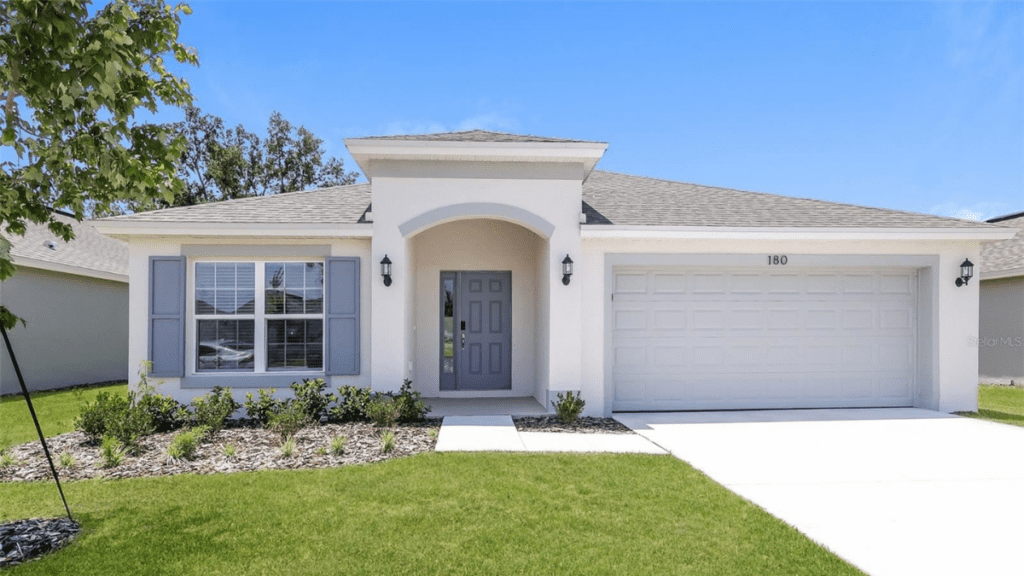
Single-Family Homes
These are free-standing units located on standard-sized lots, providing ample living space and privacy.

Small Lot Homes
These homes are also individual units but built closer together, offering the advantages of single-family homes in a more compact setting.
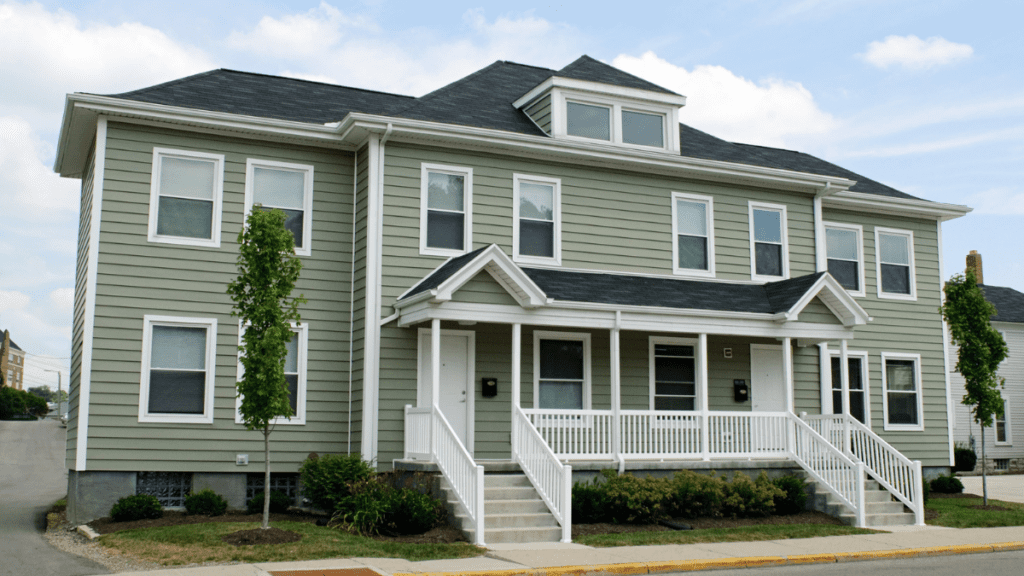
Duplexes
These properties contain two attached units sharing a common wall, allowing residents to live in close proximity while maintaining some degree of separation.

Row Homes
These attached units are similar to duplexes but consist of more than two homes in a single building. They offer a balance between community living and personal space.
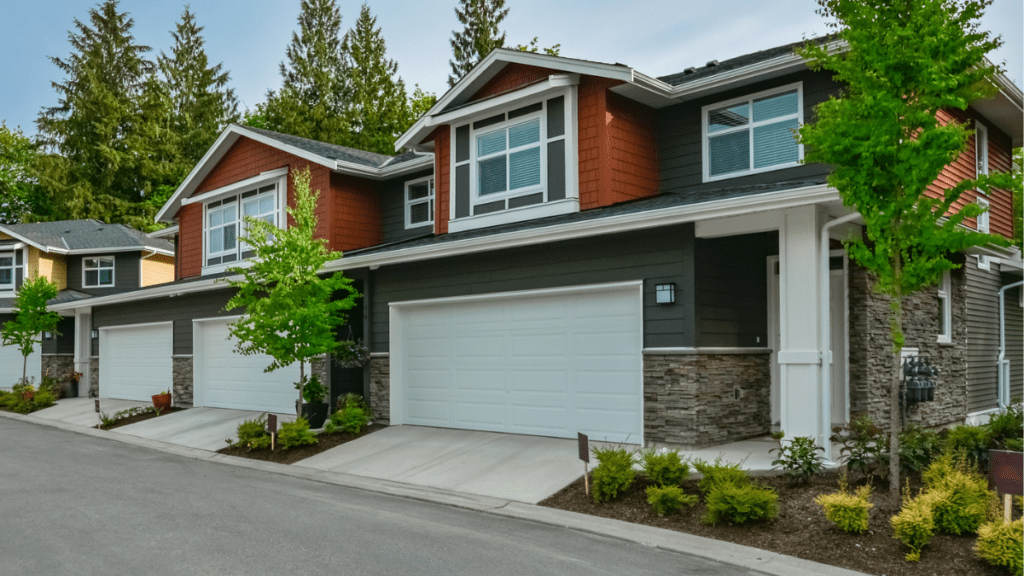
Triplexes
A triplex consists of three attached units with a shared wall, providing additional options for those who prefer connected living arrangements.
Build-to-Rent Community Features
Amenities and Lifestyle
Build-to-rent communities offer a wide range of amenities designed to enhance the lifestyle of their residents. These high-end amenities often include parks, swimming pools, and playgrounds for families to enjoy. Many communities also provide fitness centers, dog parks, and outdoor entertaining areas, which cater to various interests and needs. These planned neighborhoods encourage social interaction and promote a sense of belonging among residents. The key benefit of living in a build-to-rent community is hassle-free maintenance. Property management teams are responsible for maintaining the exterior and landscape, so residents can enjoy the comfort of a well-maintained home without the added stress of yard work and exterior upkeep.
Build-to-Rent vs Traditional Homeownership
| Aspect | Build-to-Rent | Traditional Homeownership |
|---|---|---|
| Initial Investment | Typically lower initial cost as there’s no need for a down payment or mortgage. | Requires a significant initial investment, including down payment and closing costs. |
| Maintenance Responsibility | Maintenance is generally the responsibility of the landlord or property management. | Homeowner is responsible for all maintenance, repairs, and upgrades. |
| Flexibility | Higher flexibility in relocating as lease terms are usually shorter. | Less flexibility due to the process of selling or renting out the property. |
| Customization | Limited ability to customize or make significant changes to the property. | Full freedom to customize, renovate, and make changes to the property. |
| Equity Building | No equity built in the property as the tenant does not own it. | Homeownership allows for building equity over time as mortgage payments are made. |
| Long-term Financial Commitment | Lower long-term financial commitment with the option to not renew leases. | Long-term financial commitment with a mortgage typically lasting 15-30 years. |
| Market Value Risks | Minimal exposure to real estate market value fluctuations as a tenant. | Homeowners bear the risk of market value fluctuations, which can affect property value. |
The #1 Rental Property Newsletter
Once a month, we send out an exclusive Rental Property Market Update with top stories, current mortgage rates, building products, and more. No spam and unsubscribe anytime.

Build-to-Rent Calculators
Build-to-Rent Property Management
Maintaining Build-to-Rent Properties
In the build-to-rent housing industry, efficient property management plays a crucial role in preserving the property’s value and ensuring its long-term success. Many build-to-rent communities work with professional property management services to handle property maintenance. Regular maintenance in build-to-rent properties includes:
- Landscaping: A well-maintained landscape enhances the property’s curb appeal and the overall resident experience.
- Repairs and maintenance: Timely response to repair requests from tenants and performing preventive maintenance keep the property in top condition.
- HVAC and Plumbing: Regular inspections and maintenance of heating, ventilation, and air conditioning systems, as well as plumbing systems, ensure residents’ comfort and prevent potential issues.
Attracting Long-Term Tenants
Attracting and retaining long-term tenants is vital for build-to-rent communities since it contributes to lower vacancy rates and a steady source of income. Below are some methods property managers can use to attract long-term tenants:
- Screening process: Implementing a thorough tenant screening process can help identify reliable and responsible renters who are more likely to be long-term residents.
- Community amenities: Offering attractive amenities, such as communal spaces, fitness centers, and pet-friendly policies can make a property more appealing to potential long-term tenants.
- Responsive management: Open communication channels and prompt responses to tenant needs, making tenants feel valued and heard. This can contribute to a higher likelihood of them staying for an extended period.
Top Build-to-Rent Tools
Top Build-to-Rent Companies
Search Rental Real Estate
Try searching out site for hundreds of rental property topics ranging from property management, investor tool reviews, investment research, and more.
Build-to-Rent Frequently Asked Questions
What are the Advantages of Living in a Build-to-Rent Community?
Build-to-rent communities offer several advantages for tenants. They are specifically designed for long-term rentals, providing stability and a sense of community. These homes typically have three or four bedrooms and are located in suburban areas, offering more space and a family-friendly environment. Build-to-rent communities often include professional property management services, ensuring well-maintained homes and quick resolution of any maintenance issues.
How do Build-to-Rent Prices Compare to Tradition Home Buying?
Rent prices for build-to-rent communities can vary based on location, amenities, and property management services provided. In general, build-to-rent homes offer an affordable option for those who are not ready or able to buy a home. Renting in these communities can provide a similar living experience to buying a traditional home without the financial commitment of a mortgage and the associated maintenance costs. Additionally, build-to-rent properties offer flexibility for those who may need to relocate for work or other reasons.
More Single Family Real Estate Guides
About the Author

Ryan Nelson
I’m an investor, real estate developer, and property manager with hands-on experience in all types of real estate from single family homes up to hundreds of thousands of square feet of commercial real estate. RentalRealEstate is my mission to create the ultimate real estate investor platform for expert resources, reviews and tools. Learn more about my story.
Disclaimer: The information provided on this website does not, and is not intended to, constitute financial or legal advice. As such, all information, content, and materials available on this site are for general informational purposes only. Please review our Editorial Standards for more info.


